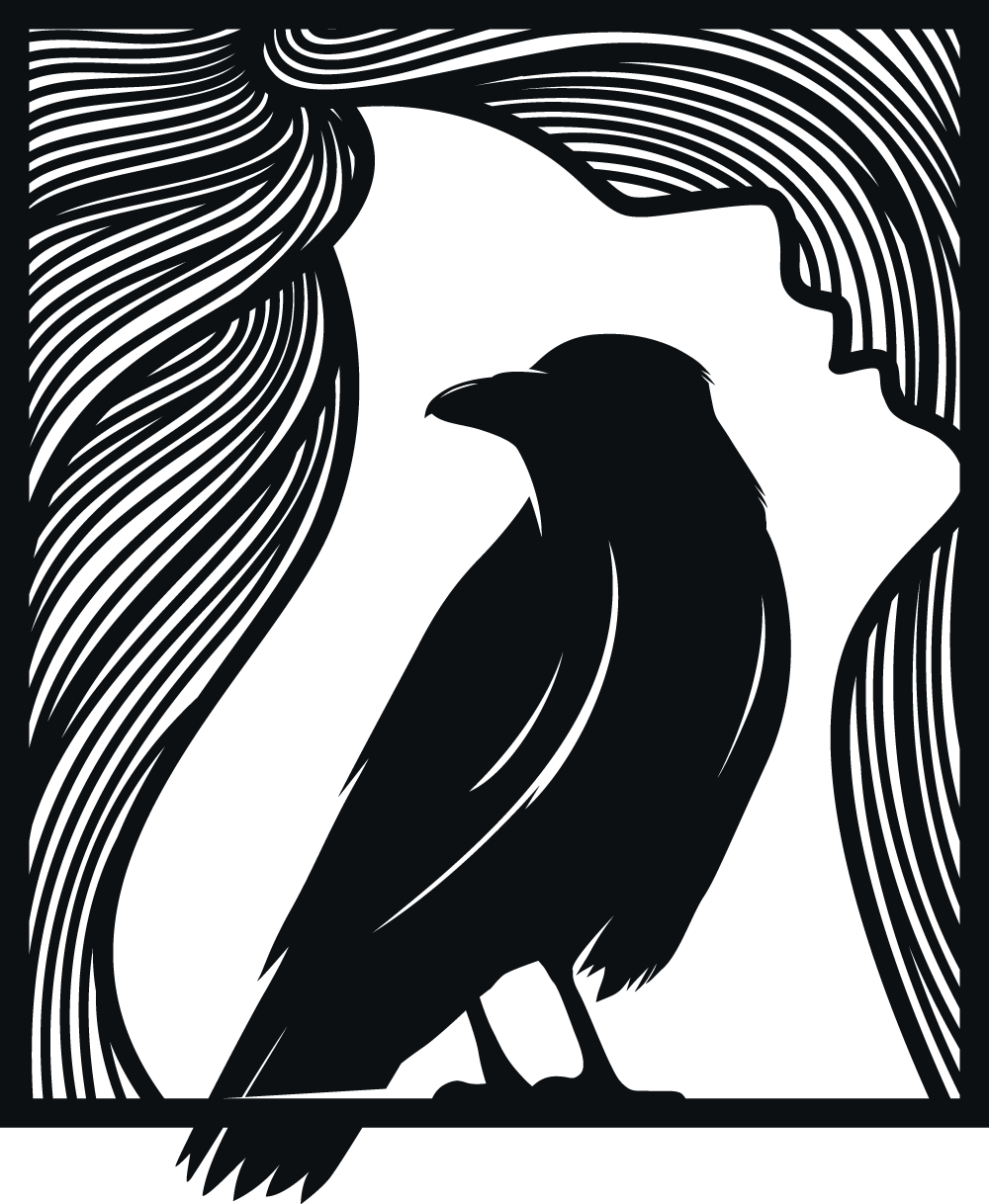
Runes are ancient alphabetic characters used in various Germanic languages before the adoption of the Latin alphabet and Christianity in Northern Europe. The runic alphabet is called the Futhark, named after the first six letters: F, U, Þ (pronounced "th" as in "thing"), A, R, and K. There are several different runic alphabets, but the most commonly known is the Elder Futhark, consisting of 24 characters. Each rune not only represented a phonetic sound but also had a symbolic meaning associated with it, making them significant for both communication and magical or divinatory purposes. Historically, runes were used for writing inscriptions, carving on stones, personal markings, and casting for divination.
Runes held spiritual and mystical significance in ancient Germanic cultures, and they were believed to possess magical properties. They were often used in rituals, charms, and for divination purposes. The runic divination is known as "rune casting" or "rune reading," where runes are drawn or cast and interpreted based on their positions, orientations, and relationships with each other.
In contemporary times, runes have been revived and incorporated into various modern practices such as modern Paganism, Heathenry, and New Age spirituality. Many people use them for meditation, personal empowerment, and as tools for self-reflection and insight. Additionally, runes have found their way into popular culture through fantasy literature, role-playing games, and other media, often depicted as symbols of ancient wisdom and magic.

